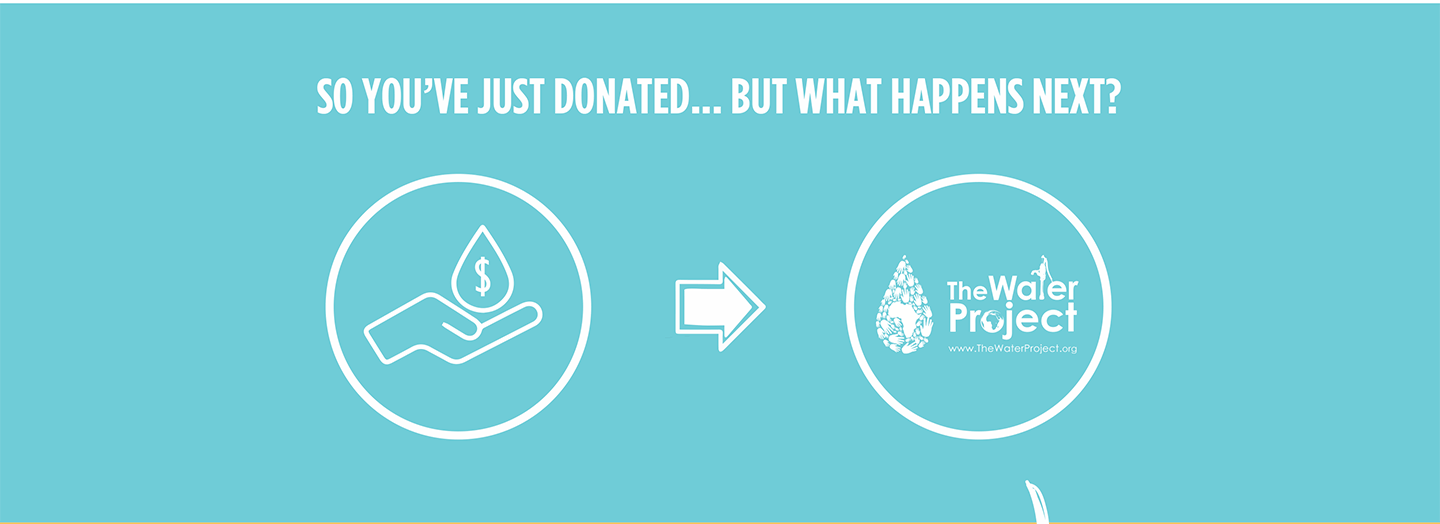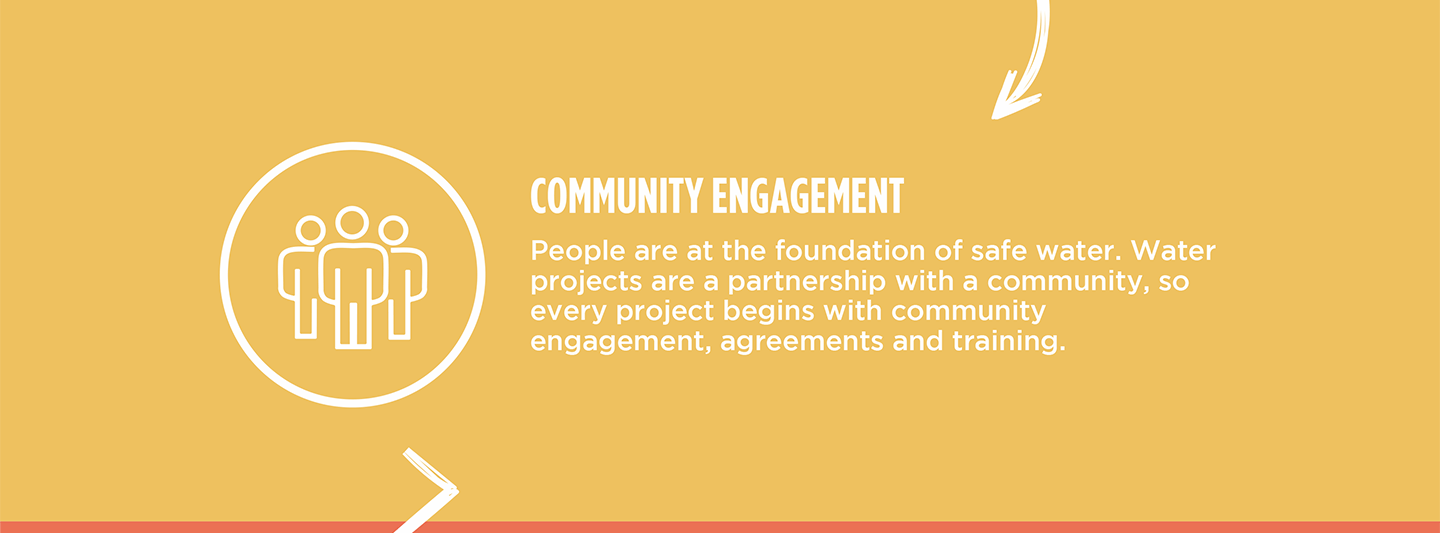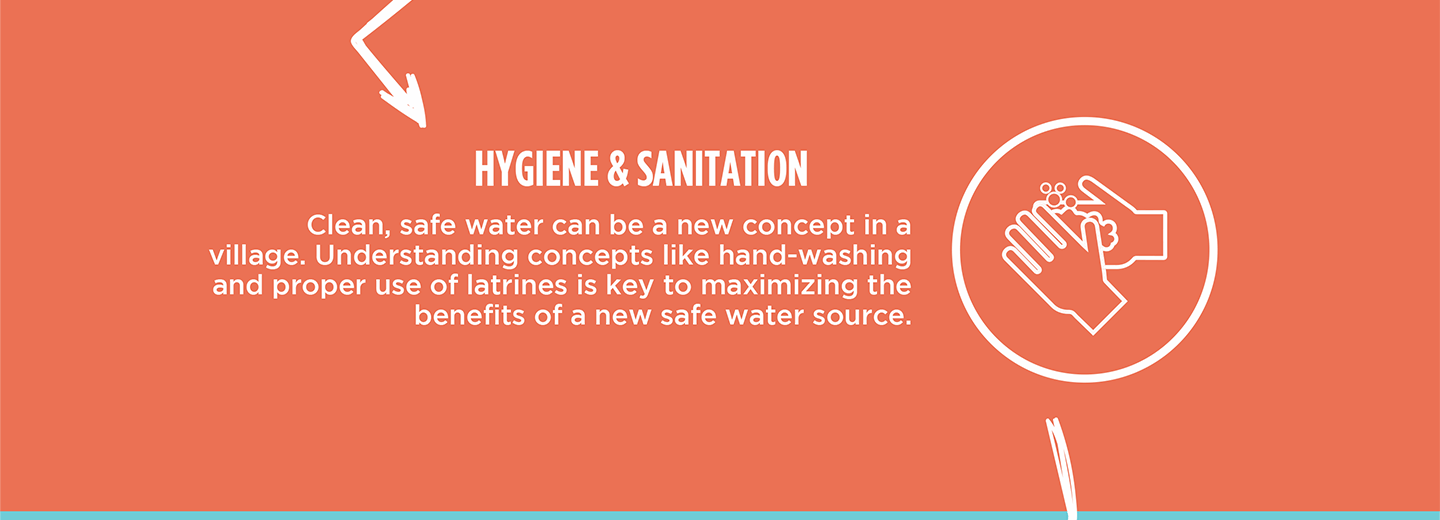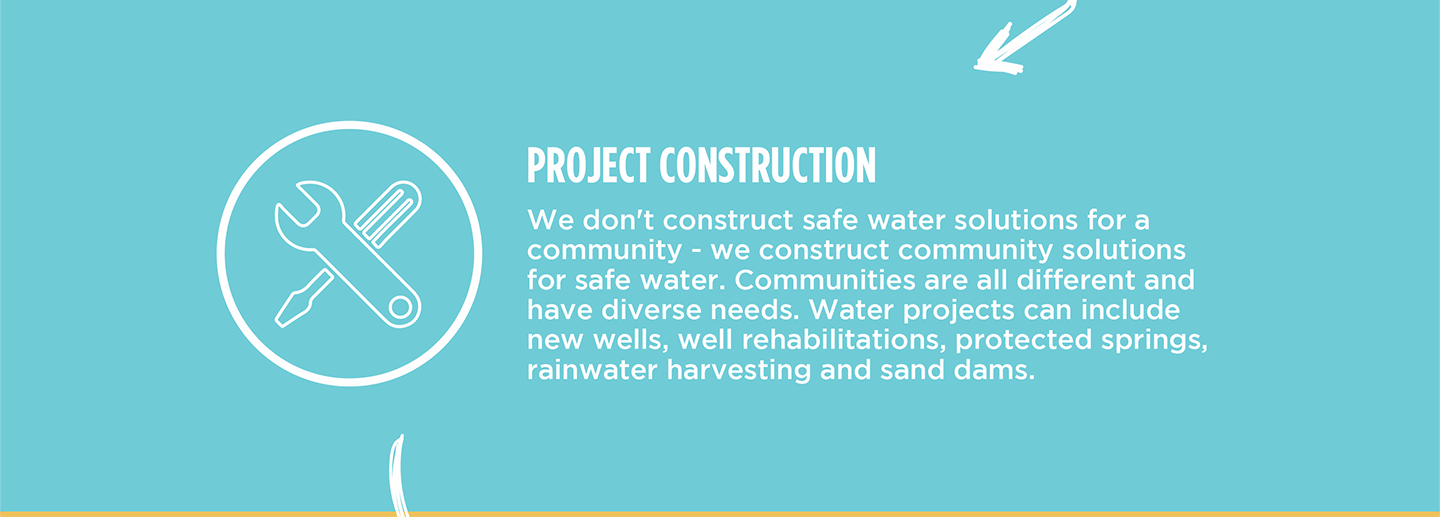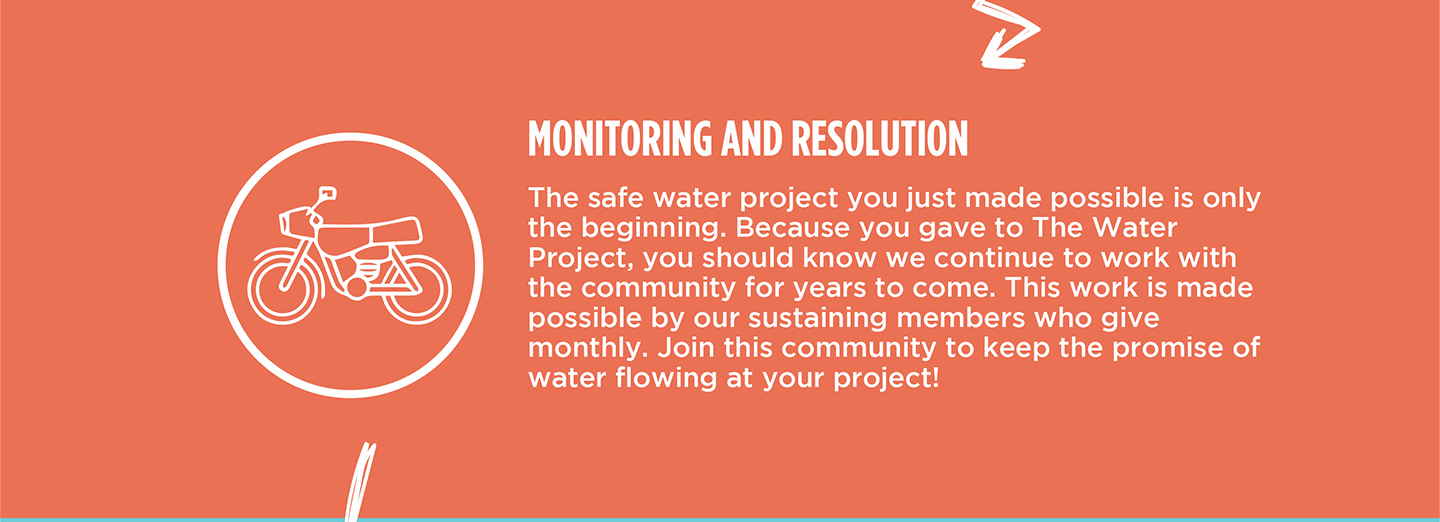The 210 people who live in the Isanjiro Community rely on Shitanda Spring for their daily water. At one time, protection of the spring was attempted, but since then, the construction materials have eroded, leaving it in poor condition. People must scoop water from a small pool of stagnant water, risking their health and safety each time.

The community water source.
"The spring was initially protected but poorly done. The community demolished the structure [to] lead the spring back to its original form of [an] unprotected spring. The spring is open, where water users access water in a pond-like hole. I experienced children having difficulties in climbing up after fetching water. The place they are using to descend to fetch water is very slippery. When they are fetching water, they stand [on] logs spread on the edge of the source, these logs are sometimes soaked with water, mixing the mud left from footsteps with water. The water point is at risk of being affected by contaminants carried by stormwater as it lacks cut-off drainage," said Field Officer Amos Emisiko.

The previously attempted spring protection construction.
Community members have done all they know to do; at this point, they must resort to using the water regardless of its condition.
"Water is [an] essential commodity we need for our daily life. We can't live without it. This means that I value water [more] than anything else," said 62-year-old businessman Moses Shitanda.

Moses standing near the stagnant water.
"[I] am [a] serious farmer who engages in agribusiness. I make bricks [and] do sugarcane farming and maize farming. I think personally I rarely go to the spring, but I always use my children and grandchildren to fetch water. Protection of this waterpoint will ease accessing water, and my children will have enough time for their studies and other activities. I think this waterpoint will eliminate worries about water in my house," continued Moses.

Moses collecting water.
As Moses indicated, he doesn't spend a lot of time collecting water because that task falls on his children and grandchildren. For them to have time and energy to do anything other than collect water, they need a reliable water source where they can collect water safely and quickly.

Children carrying water home.
"I recommend this waterpoint for protection to improve our lives for [the] better," concluded Moses.
Steps Toward a Solution
Our technical experts worked with the local community to identify the most effective solution to their water crisis. They decided to safeguard the existing flowing spring.
Spring Protection
Springs are natural water sources that originate from deep underground. As water travels through various layers of the earth, it undergoes a natural filtration process, making it cleaner and safer to drink. To protect these spring sources from contamination, we construct a waterproof cement structure around layers of clay, stone, and soil. This design channels the spring water through a discharge pipe, facilitating easier, faster, and cleaner water collection.
Chlorine Dispenser
As an extra measure towards water quality safety, uniquely engineered chlorine dispensers are installed at all of our spring protection projects so community members can treat their water with pre-measured doses of chlorine. The chlorine treats any residual contamination and stays active for two to three days, ensuring water stays safe to use even when stored at home. Chlorine delivery and maintenance of the dispensers are part of our ongoing community support.
Community Education & Ownership
Hygiene and sanitation training are integral to our water projects. Training is tailored to each community's specific needs and includes key topics such as proper water handling, improved hygiene practices, disease transmission prevention, and care of the new water point. Safe water and improved hygiene habits foster a healthier future for everyone in the community. Encouraged and supported by the guidance of our team, a water user committee representative of the community's diverse members assumes responsibility for maintaining the water point, often gathering fees to ensure its upkeep.

 Protected Spring
Protected Spring
 Rehabilitation Project
Rehabilitation Project






























